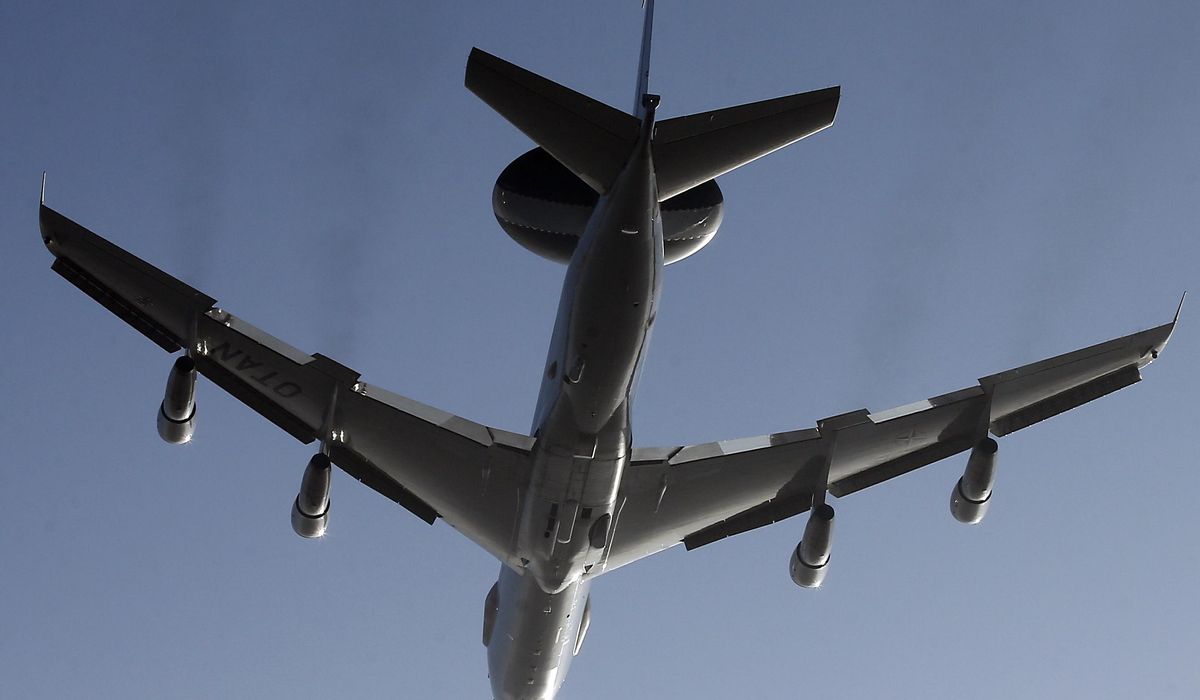

The U.S. Air Force is looking Down Under as it prepares to ditch the workhorse but aging fleet of E-3 Sentry airborne warning and control system aircraft, popularly known as AWACS. The surveillance planes have been used for decades in campaigns big and small to monitor patrol and monitor large sections of airspace and coordinate air, sea and land forces in battle
The E-3 Sentry, a modified Boeing 707 commercial airframe with a rotating radar dome, has been used by the Air Force since the late 1970s. The service has now chosen the E-7 Wedgetail, also made by Boeing and first used by the Australian Air Force, as a replacement.
“The Boeing E-7 is the only platform capable of meeting the requirements for the Defense Department’s tactical battle management, command and control, and moving target indication capabilities within the timeframe needed to replace the aging E-3,” Air Force officials said Tuesday in a statement.
President Biden’s FY 2023 budget includes $227 million in research and development funding to support the acquisition of a “rapid prototype aircraft” by 2027, officials said.
The U.S. Air Force still has 31 E-3 AWACS airplanes in the fleet. It plans to divest about half and redirect the funding towards procuring and fielding the replacement system. A second rapid prototype is planned for delivery in FY 2027.
Unlike the E-3 Sentry’s rotating radar dome, the Wedgetail uses an “active electronically scanned array radar mounted” in a blade-like structure on the back of a 737 airframe.
The navies of South Korea, the UK and Turkey are seeking their own copies of the aircraft.
